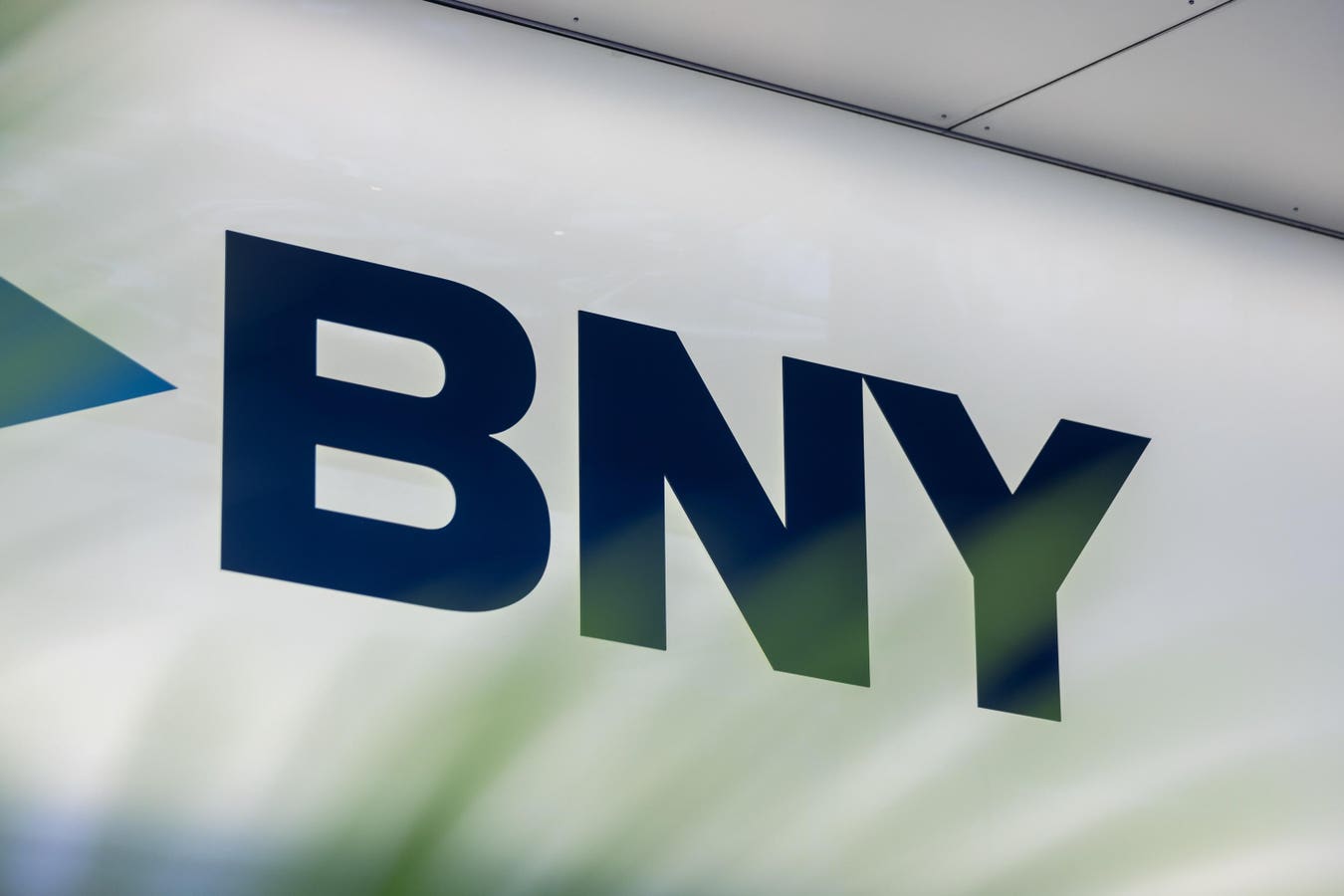BNY continues to expand crypto operations
In the latest move by TradFi institutions pivoting to embrace the blockchain and tokenized asset space, the banking giant BNY has debuted a real-time reporting tool (Digital Assets Data Insights) in partnership with Blackrock. The fact that these two financial giants are collaborating on an on-chain valuation and reporting tool is set to have substantial effects on the crypto accounting and reporting conversation moving forward. Put simply, this tool will allow the posting of net-asset-value data directly on to select blockchains without relying on third-party accounting services. The involvement of on-chain money market fund, BUIDL, managed by Blackrock in addition to being the leading partner on this initiative, also highlights the growing importance of on-chain assets.
Benefits that have been discussed connected to this include 1) the ability of BNY to post NAV figures directly on chain, 2) enhanced credibility of tokenized funds thanks to increased transparency and real-time information, and 3) the ability of other products to benefit from more comprehensive suites of tools tailor made for tokenized information. The launch of the partnership also reinforces the rise of tokenized assets and other data, outside of traditionally decentralized instruments such as bitcoin and ether. While the project itself is still in early stages the implications of this real-time reporting and disclosure capability are significant in terms of allowing further maturation of tradeable products and services.
In addition the reporting functionality of Digital Assets Data Insights will have implications for the crypto accounting world; let’s take a look at a few of them.
Connecting Off-Chain Assets To Public Ledgers
One of the key aspects of BNY’s efforts is the connection that will be established between on-chain assets and off-chain data across blockchain networks. Specifically, and leveraging the data already managed on-chain by BNY, the institution will be able to broadcast select accounting data to the Ethereum network, amplifying the ability of investors to leverage public blockchain traceability and transparency. By also integrating smart contract functionality, customers will be able to automate data analytics and better integrate off-chain data and information alongside how public blockchains are used.
In short the efforts underway at BNY have the potential to unlock better transparency, traceability, and insights for tokenized products whether or not said instruments are stored on-chain or secured via off-chain mechanisms. These values of tokenized funds being posted directly on-chain also have the potential to accelerate conversations related to accounting, reporting, and disclosures.
Enhanced Reporting
An ongoing issue in the crypto and tokenized asset sector is the lack of standardized reporting and disclosures in the marketplace. While multiple private sector options have been put forward as potential options the reality is that there are still open items when it comes to critical accounting issues. These include not are limited to how to best determine valuation and liquidity measures for certain specific cryptoassets, products, or instruments and the consistency with which these pieces of information are reported to the marketplace. Accounting professionals will need to be aware of how these non-CPA generated reporting frameworks and best practices will influence client expectations going forward.
Obtaining more accurate and real-time data linked to the valuation of crypto instruments and investing options will also enable the increased proliferation of dashboards, KPIs, credit scores, and other data that is essential for widely traded investing products and services. One additional aspect of these changes is the impact and acceleration that more real-time data will have on a particularly tricky crypto accounting area; crypto-audits.
Mandate For Crypto-Specific Audits
The singular aspect of the cryptoasset landscape that has continued to lag behind the landscape at large, even as institutional adoption continues to accelerate is the development and proliferation of standardized crypto audit practices. With the FASB and IASB only having issued limited guidance to this point, and tax agencies taking varied approaches to crypto tax issues, the onus has fallen on the private sector to develop such practices. For example, the AICPA has developed and continued to update multiple practice aids related to accounting and attestation best practices for digital assets.
In addition the Digital Chamber of Commerce has also issued multiple whitepapers on the topic of proof-of-reserves, and although that practice continues to evolve the expectation is that some iteration of this concept will play a key role going forward. The efforts by BNY to enable more real-time valuation and (by extension) reporting and disclosure will only increase the appetite and interest in these ideas.
As TradFi continues to adopt crypto, some of the largest institutions are looking to shake up the crypto accounting landscape.







